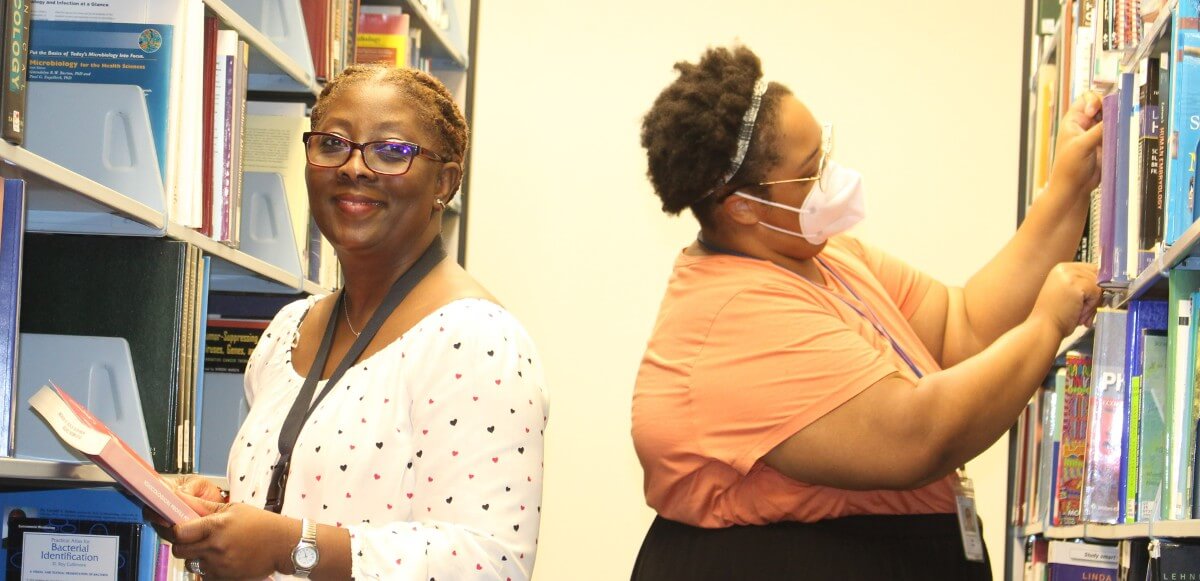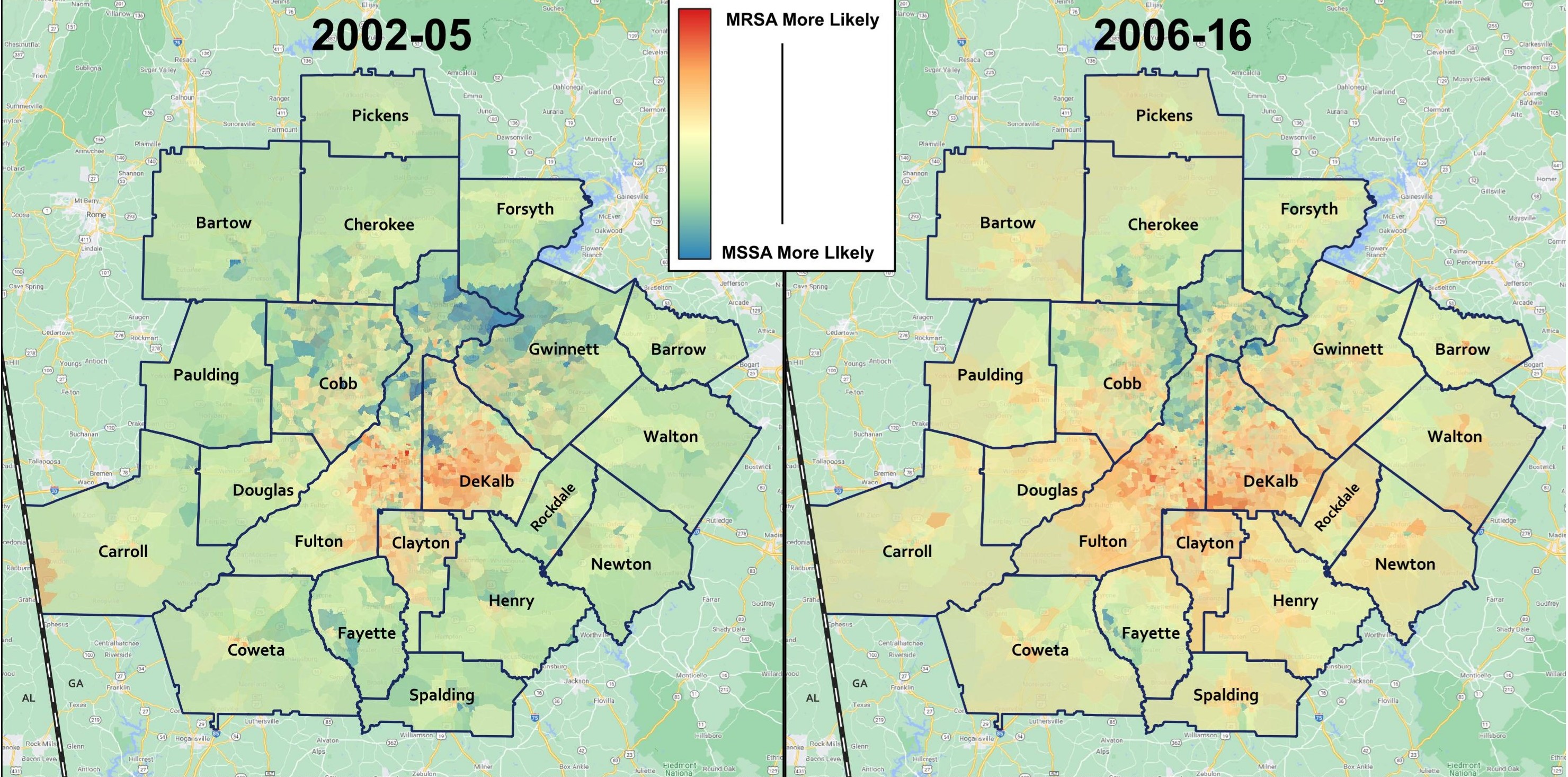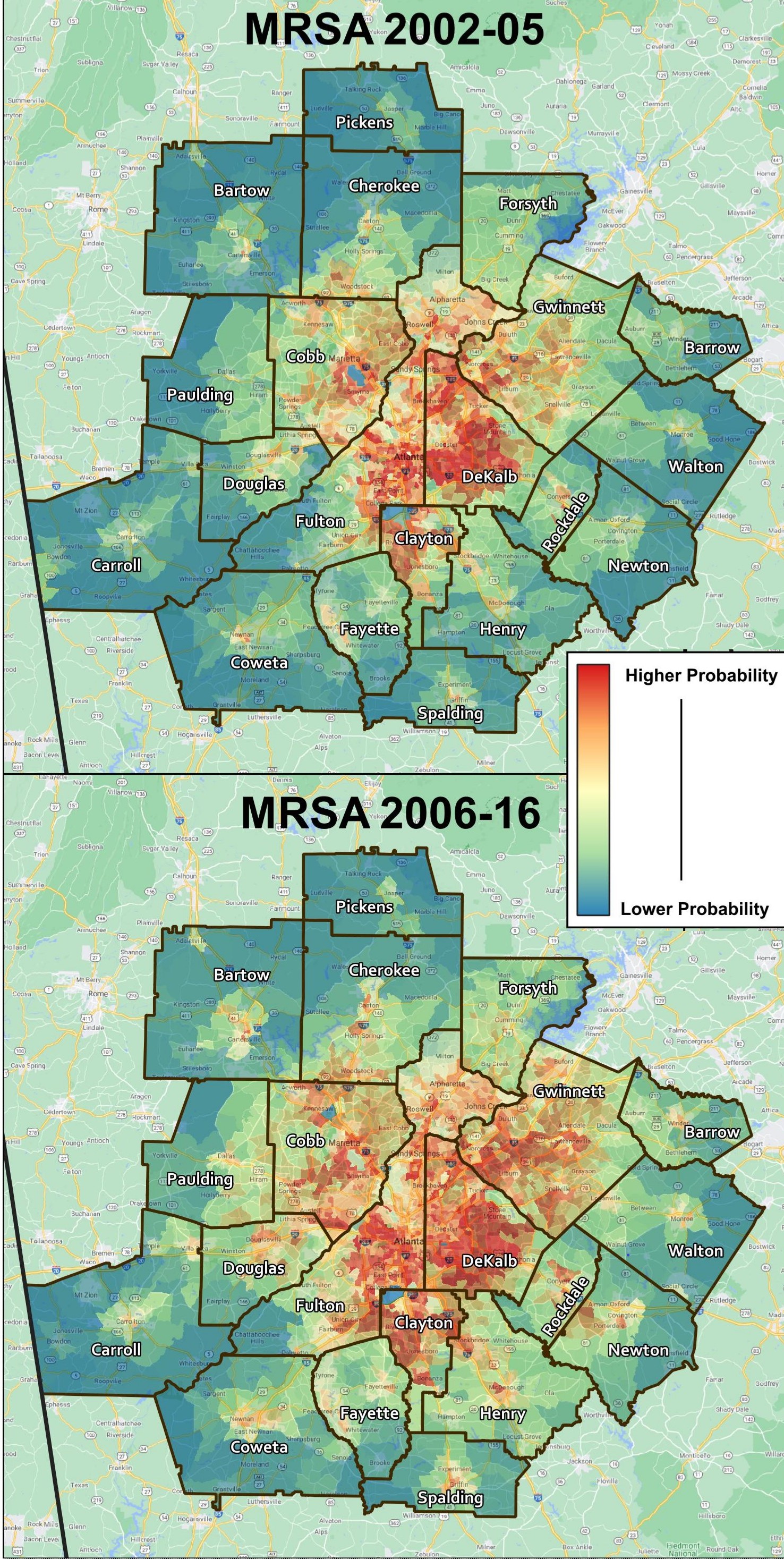
Project Health Information Resources and Community-Associated Antibiotic Resistant Infections
Increasingly, over the last 15 years, antibiotic resistant infections in the Atlanta 20 county metropolitan area have continued to soar — this area represents a diverse racial/ethnic population.
- Project HIRaCAARI stands for Project Health Information Resources and Community-Associated Antibiotic Resistant Infections.
- The goal of Project HIRaCAARI is to reduce health disparities among people of color living in neighborhoods identified to be at risk for developing antibiotic resistant infections through health education and resources
- In Clayton, Dekalb, and Fulton Counties, children and adults belonging to minorities are highly affected by MRSA.
- Neighborhoods in three counties in the metro Atlanta area have been recognized as having many cases of MRSA and other skin infections.
- This project aims to create a health information system that can be sustained at the community level.
- It will improve access to usable health information for community members (patients, healthcare providers, librarians, and the general public).
- It will also prevent the growth and spread of antibiotic resistant infections in the identified high-risk communities.
- Librarians working in the public library system and schools, are reliable resources who can share information with at risk community members.
- MSM Library offers a hands-on workshop with librarians and other community workers to teach people how to navigate the National Library of Medicine (NLM) Consumer Health Databases especially on MRSA and other skin infections.
Targeted Communities
- According to data from the CDC, despite a decade of successful measures to prevent antibiotic resistant MRSA infections, the number of new cases has not changed much in the past decade.
- Also, MRSA accounts for more than 80% of skin and soft tissue infections which are mostly seen in outpatient settings and continues to define the majority of MRSA infections in both adults and children in Atlanta and nationwide.
- The reason MRSA tends to linger may be due to frequently being in contact with others, or the usual tendency to worsen from simply antibiotic resistant bacteria to an invasive infection.
- Either reason could be impacted through infection control focused on skin and soft tissue infections due to its frequency in outpatient settings.
Our Goal
Our goal is to empower high-risk communities to stop the spread of antibiotic resistant MRSA and other Skin and Soft Tissue Infections (SSTI). This will be accomplished through the strengthened abilities of public, school, and academic librarians, school nurses and athletic staff, and others to support their community members in the use of the NLM databases to address the growing health disparity seen with antibiotic resistant infections in our communities.
The National Library of Medicine
The NLM is the world’s largest biomedical library and part of the National Institutes of Health. The health information that NLM makes available on the Internet is free, easily and quickly accessible and of the highest quality and reliability. Given emerging global health crises and disinformation, it is incumbent that accurate and trustworthy information in this area of infection control be shared with community members.
Why Should I Participate?
Your library has been identified as being located in the high prevalence area for MRSA and other SSTIs. Therefore, Project HIRaCAARI is requesting that you identify staff and/or community leaders to participate in this initial training in an effort to reduce the spread of infections through accessing authentic health information.
Areas of Highest Risk
We have identified the areas of highest risk for children, using data collected over a nine-year span from outpatient settings.


Evaluation Tools
Healthcare providers practicing within these at-risk communities will be trained on how to use the best clinical practice and evidence-based guidelines which are available through the internet and NLM resources, so that they can better manage patients with antibiotic resistant infections.